
While President Donald Trump’s tariff hikes sent Wall Street into one of its most volatile weeks in history and escalated trade war with China, nearshoring manufacturers throughout the world gave out a quiet sigh of relief. Why? Because, after months of uncertainty surrounding the future of U.S.-Mexico trade, nearshorers know their risks.
On one hand, Trump has chosen to honor the long-standing $840 billion trade partnership with his southern neighbor by exempting Mexico from his “reciprocal tariffs,” securing its position as the No. 1 exporter to the United States, especially in light of the 245% tariffs China is facing on certain goods, and boding well for the mandatory USMCA review in 2026. On the other hand, Trump will continue to leverage tariffs on goods that fail to comply with the USMCA until his border demands are satisfied, at which point they will be reduced to 12%.
The future remains variable. The key difference is that, even if they cannot foresee precisely which risks will materialize, nearshorers now know what those risks are, where they lie, and how likely they are to rear their heads. Such risk can be managed with confidence and precision, and the five steps that follow guide nearshorers through the measures they can take to do precisely that.
1. Simulate potential outcomes
Nearshorers can practice tariff scenario planning by assessing the effects that potential policy decisions would have on their operations as they stand. If, say, President Trump does not reduce the 25% tariff on non-USMCA-compliant goods to 12% in the near future, how will that impact the bottom line? What effect would stricter border policies have on delivery times or market access? By regularly monitoring political shifts and simulating their possible outcomes, businesses can identify vulnerabilities in their current strategy. They can then begin redistributing resources and developing contingency plans to compensate for the risk.
2. Invest in data-analytics technology
Investing in AI-driven data-analysis technologies can offer real-time insights based on inventory figures, supply and distribution status, and market trends. Some technologies even analyze political shifts and policy changes to keep the business compliant and up-to-date. While handy for long-term strategy, these tools become invaluable in time-sensitive cases when critical decisions need to be made. It is worth noting, however, that data-analytics technology works best in tandem with hands-on, local insight that can account for nuances which an AI simply cannot.
3. Find reliable advisors
The most valuable insights always come from those who are most experienced in the industries and regions where the business operates. Nearshorers are advised to build a network of specialized geopolitical advisors that can inform their decisions and safeguard them from the pitfalls that a more narrow viewpoint could miss. Such a network can include trade organizations, think-tanks, and local operational partners like compliance specialists and dedicated nearshoring advisors. Fellow manufacturers who are facing the same challenges in the same industry can likewise be of tremendous help by sharing insights, concerns, and lessons learned.
4. Consider hedging instruments
While it is generally most profitable to manage risk by making internal adjustments—shortening supply chains, creating buffer stocks, friendshoring to avoid tariffs, etc.—nearshorers also have the option to employ hedging instruments as a sort of insurance. Forward contracts, futures contracts, options, and swaps can help reduce a manufacturer’s exposure to price fluctuations of various kinds, from their commodity input costs to dollar-peso exchange rates. But like all insurance, hedging comes at a cost. Nearshorers must weigh that cost against the risks identified in steps one through three to determine whether the security is worth the investment.
5. Build relationships with clients
Even when due diligence is done and precautions are taken, the risk of costs are becoming unmanageable due to unforeseen circumstances. Having loyal clients willing to share the burden of unexpected overhead by tolerating temporary price hikes or minor delays can therefore mean the difference between sinking and staying afloat. Nearshorers should prioritize transparent communication, laying out their de-risking efforts and leveraging their regional supply lines to build up a reputation for reliability. Then, when challenges do arise, clients will be inclined to return the favor.
Bottom line
Mexico has emerged from President Trump’s tariff announcements in a favorable position. While China and the East add blanket levies to their existing logistical challenges, Mexico’s low-cost labor and stable supply lines remain protected under the USMCA. Still, risk inevitably remains. The development of border-policy disputes and other political negotiations may continue to affect U.S.-Mexico trade relations for some time. But by monitoring, defining, and managing those risks according to the steps given above, nearshorers can capitalize on Mexico’s preferential position with confidence.

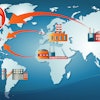


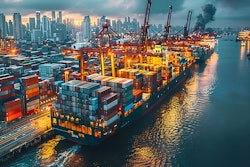
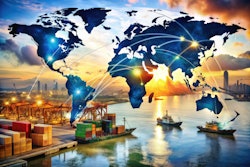


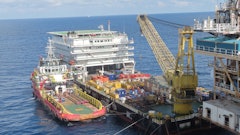



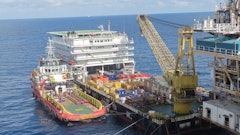

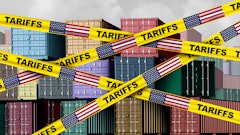
![Pros To Know 2026 [color]](https://img.sdcexec.com/mindful/acbm/workspaces/default/uploads/2025/08/prostoknow-2026-color.mduFvhpgMk.png?ar=16%3A9&auto=format%2Ccompress&bg=fff&fill-color=fff&fit=fill&h=135&q=70&w=240)


